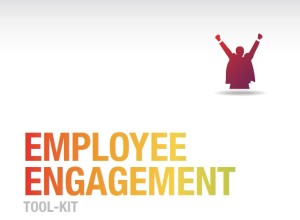
Cathlyn Melvin
3 Reasons Theatre Summer Camp is the Perfect Holiday Gift
Posted by Dec 15, 2015

Cathlyn Melvin
Did I say perfect?
Yes. Yes, I did. And here are just three (of many more*) reasons I believe that's true.
1) The gift of experience doesn’t clutter your kids’ bedrooms.
Okay, this is a big one for me (that’s why I made it Reason #1!)
Families – and individuals – are experiencing increasing physical (and technological) clutter.
Read More






































